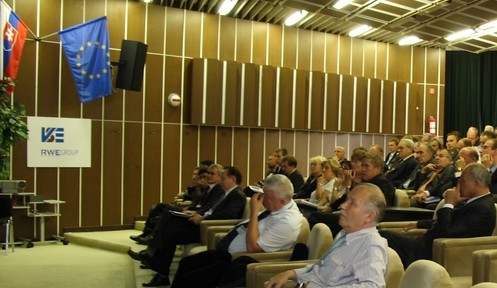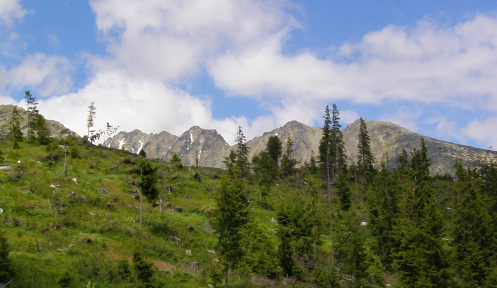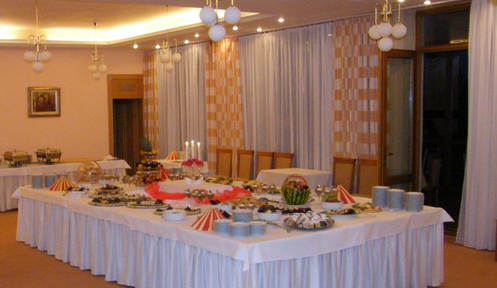|
Possible role of biomass in energy transformation – economic competitiveness and policy implications on case example of the Czech Republic
Jaroslav Knápek*
dept. of Economics, Management and Humanities, Faculty of Electrical Engineering, Czech Technical University in Prague
Kamila Vávrová
Dept. of Phytoenergy, Silva Tarouca Research Institute for Landscape and Ornamental Gardening, publ,res.inst
Tomáš Králík
dept. of Economics, Management and Humanities, Faculty of Electrical Engineering, Czech Technical University in Prague
David Outrata
Dept. of Phytoenergy, Silva Tarouca Research Institute for Landscape and Ornamental Gardening, publ,res.inst
Martin Horák
dept. of Economics, Management and Humanities, Faculty of Electrical Engineering, Czech Technical University in Prague
Last modified:
2022-05-31
Abstract
The implementation of the Green Deal targets leads to the rapid replacement of fossil fuels. The EU's strengthened energy decarbonisation targets, coupled with rapidly rising emissions allowance prices, are leading to accelerating coal and other fossil fuels displacement scenarios. Targeted biomass cultivation on agricultural land is one of the options to replace fossil fuels, in particular coal and partly natural gas. Growing biomass on agricultural land for energy purposes competes with conventional crop cultivation in terms of land use. The potential of biomass for energy purposes is influenced by two key factors - the competitiveness of biomass from agricultural land and the environmental aspects - the sustainability of its production. The competitiveness of purpose-grown biomass for energy purposes is determined by the production price that will be accepted by both biomass producers and the energy commodity market. This price is derived using the opportunity cost principle based on the loss of economic effects from the production of conventional crops. In addition to biomass production, perennial energy crops producing solid biomass (e.g. short rotation coppice plantations or miscanthus) provide non-production functions that significantly increase sustainable land use. These non-productive functions include e.g. reducing the risk of soil erosion, increasing biodiversity, soil absorption capacity for rainfall, etc. At the same time, perennial energy crops increase landscape heterogeneity, provide migration corridors for large animals, etc.
In addition to replacing coal, decarbonisation of electricity and heat production is also moving towards the use of low-emission gases such as biomethane. The development of biomethane production will require, among other things, targeted cultivation of biomass (e.g. maize for sillage). Here, as with solid biomass, the key aspect is the production cost of biomass and its competitiveness. Similar to solid biomass, the biomass production price is derived according to the opportunity cost principle.
The biomass production price is the lower limit of the price for the land manager, taking into account the net economic effect lost from the production of conventional crops. This production price is influenced by the prices of conventional commodities, the cost of growing each type of conventional and energy crop, and the crop yields for the climatic and soil conditions on each plot. The biomass production price of a given crop on a given plot of land characterised by climatic and soil properties is derived from the balance of discounted cash flows from the cultivation of conventional and energy crops over the lifetime of the energy crop plantation. The production price aspect is combined with the ecological benefits of perennial energy crops - the so-called non-production functions. Priority is given to selecting land for the establishment of perennial energy crop plantations where the ecological benefits of these plantations are highest. This method of allocating land for growing energy crops not only makes it possible to determine the objectified potential of biomass for both combustion and biogas/biomethane plants, but also to create a differentiated system of support so that not only the economic but also the ecological aspect of growing biomass for energy purposes is taken into account.
The paper presents the results of modelling the production price of biomass for energy purposes using a GIS environment on a case study of the Czech Republic. The results of modelling the biomass production price for energy purposes are presented as well as the proposal of differentiated support for biomass production including geographical representation. The outputs of the analysis can be used to objectify the potential of biomass with respect to the competitiveness of biomass and the environmental aspects of cultivation, as well as to set the level of support according to the conditions of individual locations.
|
 |
|







